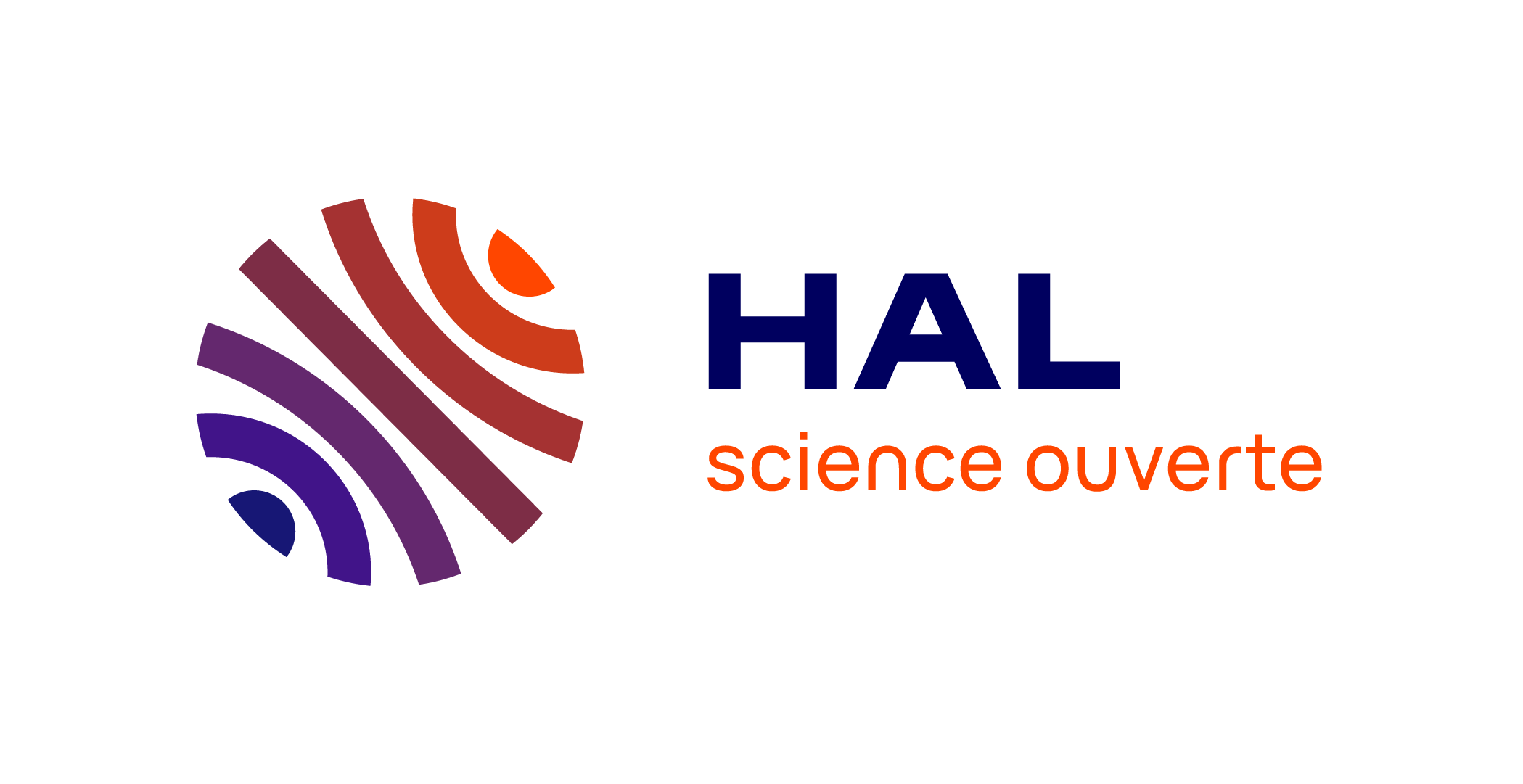Chemo-mechanical modelling of swelling in a fractured porous medium
Résumé
In the context of the lifetime extension of nuclear power plants, the french Institut de Radioprotection
et de Sûreté Nuclaire (IRSN) conducts researches to predict the ageing of cementitious materials. The
present work is focusing on the impact of the chemical degradations such as Delayed Ettringite Formation
(DEF) on the overall material properties at the aggregates scale. DEF is an endogenous pathology
related to the cement composition and to the early age chemical reactions where thermal conditions
induced dissolution of primal ettringite and later moisture environment can lead to ettringite reprecipitation.
The crystallization pressure in the porous cement paste thus conducts both to its swelling and
some cracking by differential strains. These cracks are preferential location for ions diffusion and further
ettringite reprecipitations. These strongly coupled phenomena suggest a non-linear chemo-mechanical
modelling where the diffusion, precipitation, pressurization and crack process should be solved in a
coupled approach. In an modelling, for each time step, one calculates:
Species diffusion: to describe the environmental impact on the concrete. Diffusion is modeled by Fick’s
law in a porous medium. This model follows the framework of [1] and it takes into account the resistive
impact of the crack on the normal flow;
Chemical reactions: knowing species concentrations in solution, one models different types of reactions
such as aqueous, solid and sorption reactions [2]. Thus, the amount of ettringite volume is evaluated;
Mechanical: knowing the solid volume, a local pressure is calculated in the poro-mechanical model and
in the cracks. The crack initiation, propagation and pressurization are based on a dedicated Cohesive
Zone Model [3].
The presented applications will focus on the impact of material properties, such as volume fraction of
inclusion and matrix composition, on strain kinetics.
REFERENCES
[1] L. Bichet. Taking into account the transport mechanisms in the fracture of heterogeneous materials:
application to the nuclear power plant aging. PhD thesis, Universit´e de Montpellier II, 2017.
[2] C. de Dieuleveult, J. Erhel, and M. Kern. A global strategy for solving reactive transport equations.
Journal of Computational Physics, pages 228 : 6395 – 6410, 2009.
[3] F. Perales, S. Bourgeois, A. Chrysochoos, and Y. Monerie. Two field multibody method for periodic
homogenization in fracture mechanics of non linear heterogeneous materials. Engineering Fracture
Mechanics, pages 75 : 3378 – 3398, 2008.


